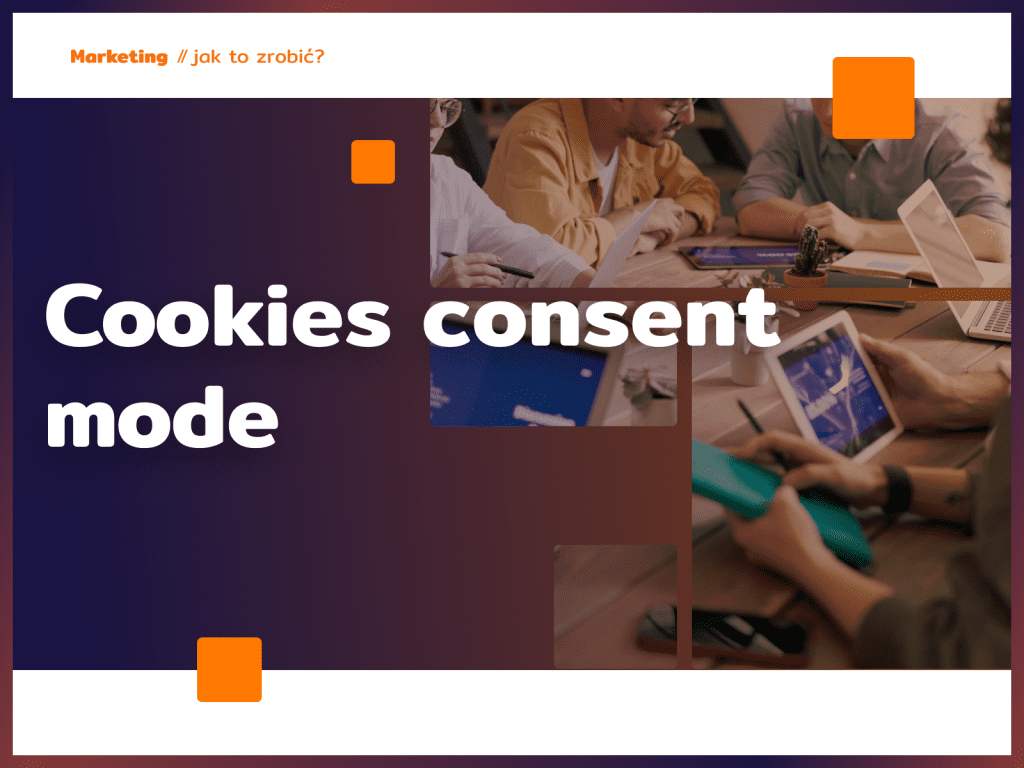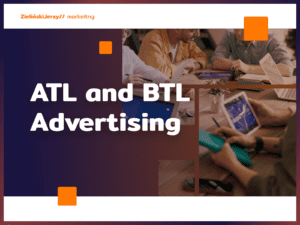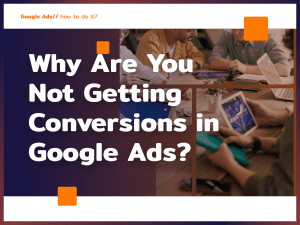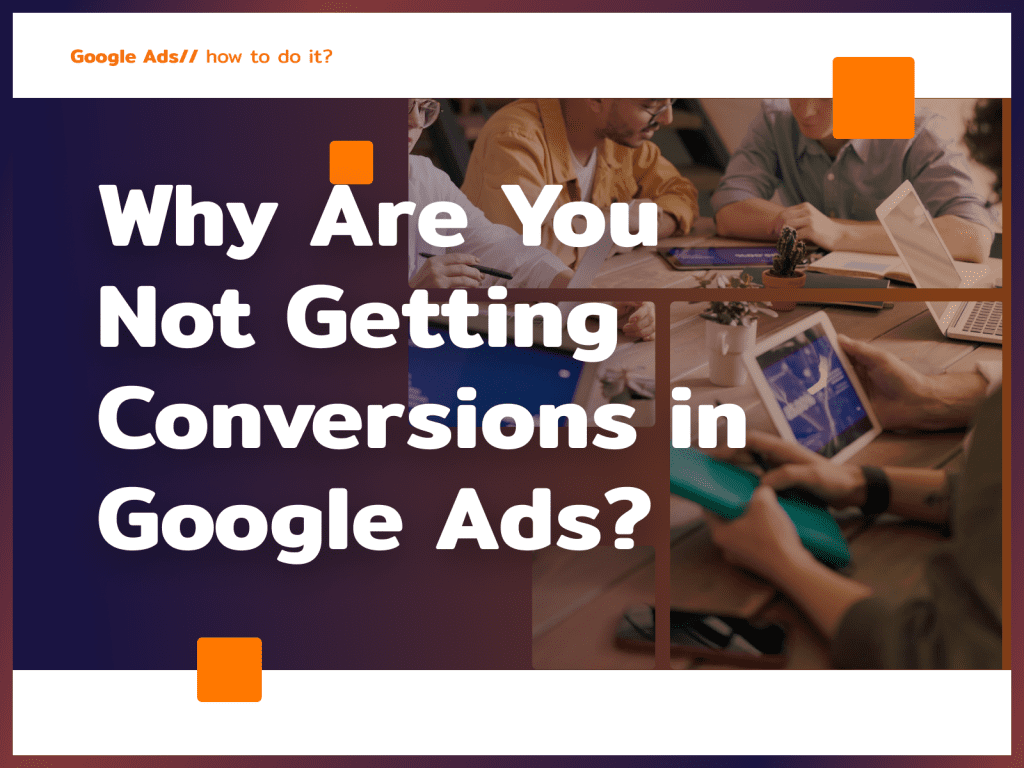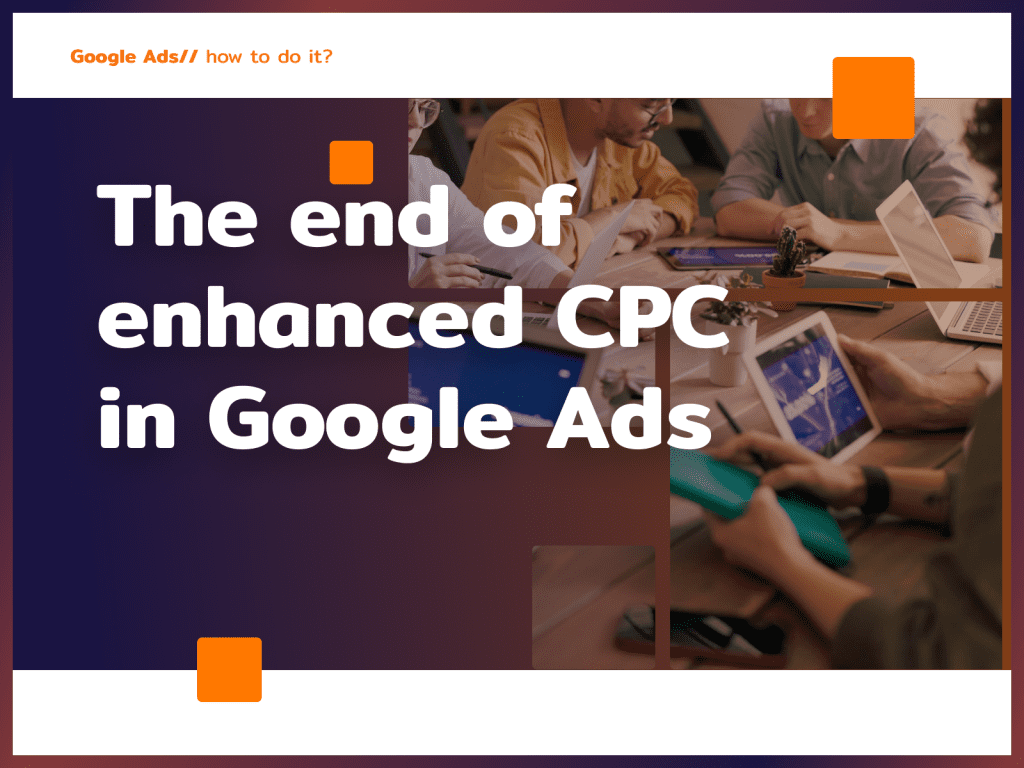Behind the charming name of cookies are files that are stored on your device to collect information about your behavior and preferences, useful for advertisers, for example, when creating remarketing campaigns. However, Google has announced a fight against cookies, the result of which, for the time being, is the so-called consent mode. Does the user have to agree to cookies? What can you do to make sure the cookies on your site don’t break Google’s guidelines? You will find out in this article.
How do cookies work?
Cookies are small files, stored on the device you use to access the Internet, to collect information about what you do. This sounds rather threatening, especially in the face of many conspiracy theories about tracking users online, but in fact cookies are mainly useful for advertisers, e.g. to show you ads for a product you’ve been looking at but haven’t yet decided to buy.
Just like in a pastry shop, you may come across more than one type of cookie online. The basic type is called first-party cookies (own cookies, functional cookies), which are cookies that relate directly to your site. The best example of this is, for example, saving login information, so that when a user selects the Remember Me option, he or she does not have to enter the login and password each time.

From a cookie consent perspective, however, more important are so-called third-party cookies, which are used by a tool or site other than the one you are currently on. We’re talking about Google or Facebook Ads, for example, because third-party cookies allow them to create a profile of you online. They come in handy for advertisers, because that way they know what products you browse, what piques your interest, what content makes you click. It can be said that not only advertisers benefit from this, but also users, as they receive ads better tailored to their interests. However, there are concerns about the control of information on user activity, which has resulted in a search for methods to limit the use of cookies.
What is consent mode?
Google has begun to introduce measures to give users more control over what information cookies collect about them. Consent mode, which is Polish for “consent mode,” allows users’ choices to be taken into account when saving cookies. Simply put, they are simply banners where you indicate which cookies you agree to and which you don’t. The operation of Google Analytics, ads and third-party tags that collect or at least read cookies are adjusted to this.
Many banners are structured in such a way that the most convenient option is to agree to all cookies:

However, more inquisitive users can expand the list and choose which cookies they agree to and which they do not:

Such changes, while intended to protect privacy and ensure compliance with RODO regulations, do not even benefit Google itself, as Google Ads campaigns have relied heavily on data collected by cookies. Does this spell trouble for advertisers and e-commerce owners? Not necessarily, because Google has found a solution, namely. Google Analytics 4 . If a user refuses to allow cookies to be collected, gaps in data collection are filled by GA4, as the tag, instead of collecting cookies, sends so-called “cookies. signals (pings) to Google. Different types of signals are available:
- Google Ads consent signals – Google collects information about consent or refusal to collect cookies, signals also appear if you change your decision.
- Conversion signals,
- Google Analytics signals – are sent from any site where the GA tag has been implemented.
The pressure to switch to GA4 is largely driven precisely by the desire to collect the most accurate data possible. Even if a user does not consent to the collection of cookies on the site, Google Analytics will receive signals without cookies, filling in the gaps in the data collected.
Ready to grow?
Do you need to implement consent mode on your site?
Yes! It’s not a matter of PR and instilling user confidence, but simply complying with current regulations on RODO and privacy and electronic communications. Previously, a banner informing that cookies are collected on the site was sufficient.

Now the user must have a choice, that is, the ability to select which cookies on the site he agrees to and which he does not. You can require the user to agree only to cookies that are necessary for the proper operation of the site, such as remembering that a particular product has been added to the shopping cart.
Important! The cookie widget should be created in such a way that the default permissions for optional cookies are unchecked. It’s a small difference, but it matters! The user must give his/her own consent to the collection of these cookies, i.e. check the appropriate boxes himself/herself. If the box is checked by default, this does not meet the conditions set by the Court of Justice of the European Union, so the consent is not considered voluntary – and is therefore invalid.
As you can see, in the correct consent, you yourself indicate that you accept specific cookies:

Many website and online store owners downplay cookies on the site because they believe that additional pop-ups and banners will only annoy the user, after all, collecting cookies is a matter of course. However, everyone must comply with the new regulations – if the system detects a lack of content mode, for starters, you will be given 7 days to make changes, and if you don’t or do it wrong, your campaigns will be halted.
How to implement consent mode?
Most Polish website and online store owners choose to set a consent cookie using Consent Manager CMP in Google Tag Manager. With the help of a programmer, you can also place directly on the page the so-called Google tag, previously called the global site tag (gtag.js).
Additional solutions so-called consent management platforms are also available, for example. CookieBot or CookieYes. They make it easy to comply with cookie collection regulations, but they are mainly used in the West – most Polish website owners opt for a free solution, namely Google Tag Manager. Such tools as CookieBot or CookiesYes are free only in basic versions (for 1 domain with a limit of subpages or with a limit of page views). Premium plans are a monthly cost from approx. 50 to approx. 220 zloty.
Not sure if you are complying with the site’s cookie requirements? Are cookie restrictions hindering your ability to collect data for your campaigns? Or are you having trouble transitioning to GA4? Contact me – I will help you adjust to the new rules!
